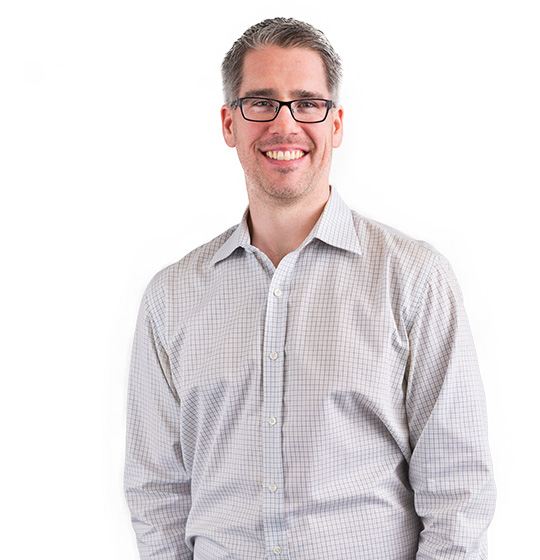Since 2007, Afia has been involved with data sharing projects. Most of these projects have primarily been in the field of Integrated Healthcare where we have been challenged with finding ways to share meaningful data between physical health and behavioral health providers. With each successful exchange of data, the insights gained by the participating organizations have been incredible. Just recently, we learned that nearly 50% of clients at a behavioral health agency were also patients of the local primary care clinic. This was a surprise because anecdotal evidence suggested that there were not many shared clients between the agencies. Before this revelation, the agencies thought they had little need to share data. Now they know it is essential to the health of half their patients. Over the years, we have found time and time again that sharing data leads to better coordination of care, reduced costs, and better patient outcomes. With all of these benefits, why is sharing data so hard?
 The Problem is EHRs Share a Language like Spain and Portugal Share a Language
The Problem is EHRs Share a Language like Spain and Portugal Share a LanguageWhile many words in Spanish and Portuguese are the same, in Spanish “propina” means “tip.” The same word in Portuguese is commonly accepted to mean “bribe.” “Vaso” means “glass” or “cup” in Spanish while it signifies “toilet bowl” in Portuguese. The lesson here – be careful what you ask for. The same holds true when trying to get two EHRs to communicate. While EHRs all have a similar purpose, there are no real standards. So, each one has developed its own language. For example, in behavioral health EHRs, the concept of case management typically refers to the ongoing planning and administration of services and resources on behalf of a patient. In one physical health EHR we worked with, case management referred to managing workers compensation claims. Now imagine trying to answer a question like, “Who are our shared case management clients?” Each system would give a very different answer. Even with these challenges, it is possible to bridge the language gap between EHRs.
The three main technical challenges with sharing data between EHRs have been:
As you can see, while there are definitely technical challenges to sharing data, there are also solutions. The question is, are organizations really willing to share?
Afia has provided technical assistance for projects where all of the above technology was provided for free to the participants. Even with this incredible opportunity, most organizations were unable to reap the benefits of shared data because they simply could not agree on terms of sharing the data. Whether it was what data to share, who would own the data, or issues around privacy (especially in behavioral health), the projects that didn’t move forward were often for political rather than technical reasons. Similarly, we have participated in the formation of HIEs with large healthcare and employer organizations who could commit tremendous resources to the project but instead stalled out because the parties could not agree on terms.
Every time Afia has worked with partner organizations to share data successfully, the outcomes and insights have greatly outweighed the technical and political obstacles that were met along the way. With today’s technology, getting a complete picture of your patient’s health is easier than ever. As healthcare moves to accountable care models, organizations cannot afford to miss critical information about their patients. With data sharing, care improves; costs go down, and patients are happier and healthier. That’s why Afia exists. Isn’t it why your organization exists as well?
If you are considering sharing data with partner organizations, contact us today for more information on how Afia’s experience can help you be the next data sharing success story.

Chris’ life goal is to revolutionize healthcare through the use of advanced technology. He has a vision of a world where quality, integrated healthcare is easier to access than a fast food burger. In 2007, he leveraged his extensive technology background and proven track record of results to co-found an elite healthcare IT consulting firm, Afia, Inc. Since that time, Chris and Afia have made a measurable, lasting impact in the healthcare communities they serve. Before entering the healthcare space, he worked for nearly ten years leading multi-disciplinary, distributed teams to create innovative IT solutions for some of the largest financial service institutions in the world.
Phone: (734) 418-8163 | Email: chris@afiahealth.com | LinkedIn